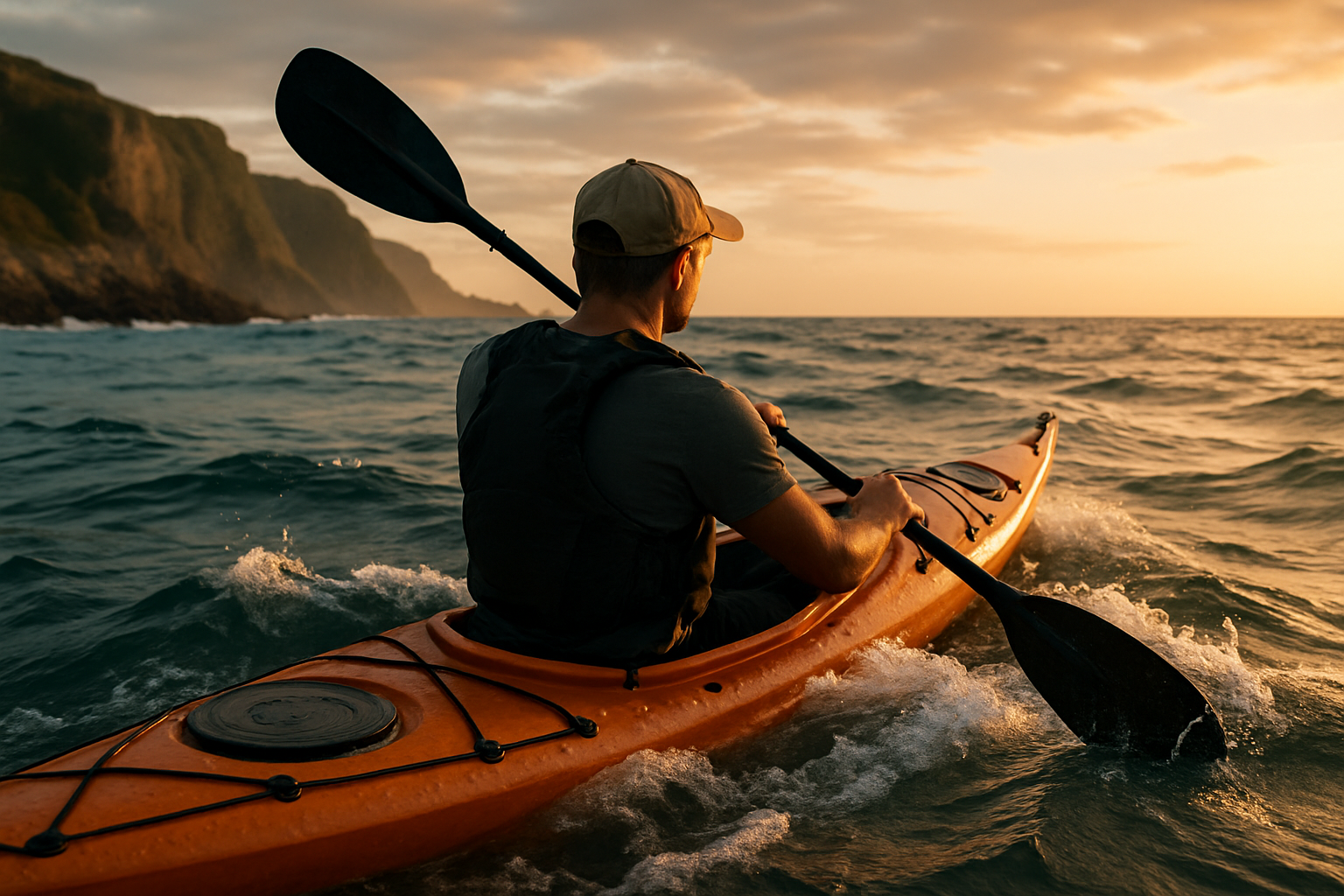Exploring the World of Jet Skis
Jet Skis are small water vehicles that zoom across lakes and rivers. They are powered by engines and can carry one or two people. In this article, we will learn how Jet Skis work, their main parts, and how they move across the water. You will discover what makes them fast and exciting, and why people enjoy riding them for fun on open water.

What defines a personal watercraft?
A personal watercraft (PWC) is a compact, motorized vessel where the operator typically sits, stands, or kneels on the craft rather than inside it. Classified by the U.S. Coast Guard as inboard power-driven vessels, PWCs steer by redirecting a jet of water rather than turning a rudder. They are popular because they are lightweight, easy to launch, and capable of operating in shallow areas where larger boats cannot. Many riders appreciate the direct connection to the water, quick acceleration, and responsive handling that make short outings or longer coastal rides equally engaging. In many states, PWCs fall under the same boating laws as other small vessels, with additional rules specific to their speed and proximity to swimmers and shorelines.
Jet ski types and how they differ
While “jet ski” is often used generically, the market includes several common categories that help riders match features to their preferred use. Stand-up models prioritize agility and athletic riding, often with a single rider and a steep learning curve. Rec‑lite sit‑down models are lighter and simpler, emphasizing ease of use and fuel efficiency for short trips. Recreation models add more stability, seating for two or three, and storage for day rides. Performance models increase horsepower and hull precision for riders who value acceleration and sharper cornering. Touring or luxury craft focus on comfort, range, and features like larger fuel capacity and expanded storage, while sport‑fishing‑oriented PWCs may offer accessory mounts and cooler space. Choosing among these jet ski types involves balancing stability, speed, storage, and the water conditions you expect in your area.
Jet ski mechanics explained
Modern PWCs typically use four‑stroke marine engines paired with a jet pump. Water enters through an intake grate, an impeller accelerates it, and a nozzle at the stern directs the stream for both thrust and steering. Turning the handlebars pivots the nozzle, changing the direction of thrust. Because steering depends on water flow, maintaining some throttle during turns preserves control, especially at low speeds. Many contemporary models include neutral, reverse, and braking systems that redirect thrust using a bucket behind the nozzle, assisting with docking and rapid deceleration. A lanyard‑style engine cut‑off (attached to the operator) is standard safety equipment, stopping the engine if the rider falls off. Routine maintenance includes flushing the cooling passages after saltwater use, inspecting the impeller and wear ring for debris or damage, checking oil and coolant (if applicable), keeping the battery charged, and ensuring hull fittings, hoses, and steering linkage are secure.
How water sports vehicles are used safely
As high‑energy water sports vehicles, PWCs require attention to safety, surroundings, and local laws. A well‑fitting, U.S. Coast Guard–approved life jacket is essential for all riders. Eye protection helps with spray, and protective clothing can reduce abrasion in the event of a fall. Before launching, confirm that your throttle, steering, and kill‑switch lanyard function correctly. Observe no‑wake zones near docks and marinas, keep an attentive lookout for swimmers, paddlers, anglers, and floating hazards, and give sailboats and larger vessels plenty of room. Many jurisdictions restrict PWCs from operating too close to shorelines, piers, or other vessels; distances and speed limits vary by location, so verify rules in your area. Alcohol and drug laws apply on the water just as on the road, and riding under the influence is unsafe and illegal. If towing a wakeboarder or tube, follow towing regulations and use a spotter where required.
Recreational boating rules and etiquette
In the United States, recreational boating rules for PWCs typically include registration, display of identification numbers, and carriage of required safety gear such as life jackets for each person on board. Several states require a boater education card or safety course for PWC operators, with age restrictions that vary by jurisdiction. Check local services—such as marinas, boat ramps, and rental operators—for posted rules, seasonal speed limits, and any restricted zones in your area. Launch etiquette matters: prepare your craft in the staging area to minimize ramp time, be mindful of queues, and keep the ramp clear while parking. Environmental care is equally important—idle through sensitive areas to reduce shoreline erosion, avoid prop‑wash or jet blast in seagrass beds, pack out trash, and refuel carefully to prevent spills. Proper trailering, rinsing after saltwater use, and storing your PWC on a lift or bunk that supports the hull will extend its life and keep it ready for the next ride.
Putting it all together
Selecting and riding a PWC becomes straightforward when you align craft type with your experience level and local water conditions. Understanding jet pump operation, steering behavior at different speeds, and routine maintenance sets a foundation for confident handling. Observing local laws, practicing considerate ramp etiquette, and using appropriate safety gear helps protect you and others who share the water. With the right preparation and awareness, a personal watercraft can offer a reliable, versatile way to explore bays, lakes, and coastal routes while fitting into the broader rhythms and responsibilities of recreational boating.




